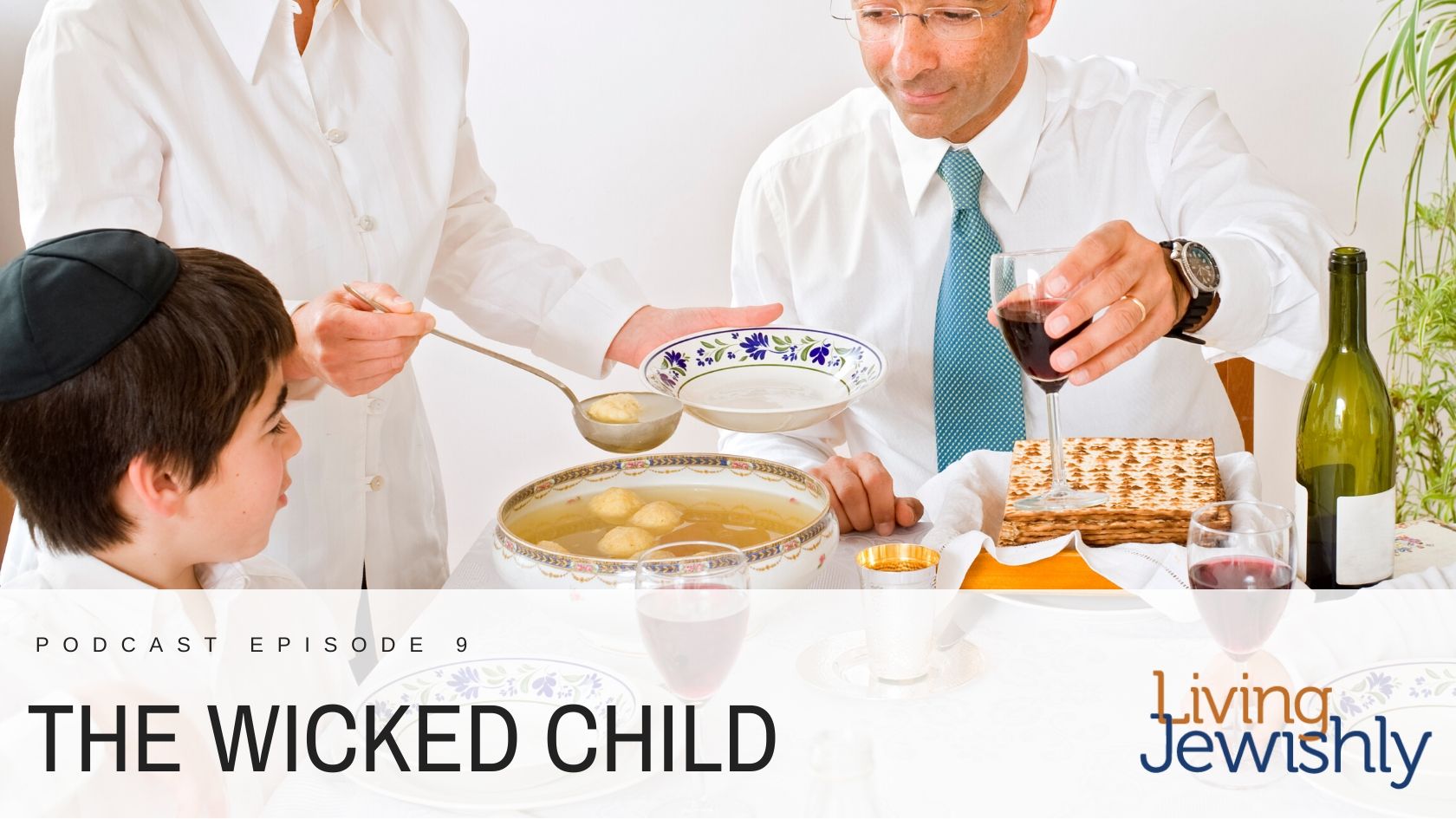One of the centre pieces of the Seder is the section on the four sons. Both Yossi and Elliott like the “wicked son” above all. Yossi notes that according to the Haggadah, once they finish “smacking around” the wicked son, we do not hear from him again, either because he has just upped and left, or because after a show of aggression the rest of the family leaves him alone. In that vein, Yossi tells a well-known joke “If you are going to get married, do it in the morning; that way, if it does not work out, you have not wasted the whole day.”! None of the other sons have any motivation to leave the table; only the wicked son who has some reason to go, is the wicked one, because he is the centre of everyone’s anger, the emotional dialogue of the Seder.
Elliott adds that there is an idea in psychology called the “identified patient,” the kid who seems to be the reason that the whole family has gone to therapy, the “troubled on” but also the most emotionally honest one in the family, the one who is unwilling to suppress the family secrets. This child, like the wicked son, is the emotional key to the family.
Why is he the wicked son? What did he do to invoke all of this anger? It does not seem to add up. Do they want to get rid of him, or just “smack his teeth”, meaning make it clear to him that his attitude is not the prevailing one at the table. Trying to shame him in front of everyone else, to force subservience. Elliott is bewildered at why the wicked son would be any kind of paradigm for education. No teacher that he knows would ever treat a student that way.
Yossi suggests that perhaps the text is arguing that all children are a mix of all four sons all at the same time, that we have all of these different parts (Wise; wicked; simple; clued out). The text is often a rorschach of what Jewish cultures down through the ages viewed as wise or wicked. This was especially borne out, Elliott, states, in illustrated Haggadot, where pictures of the wicked son included images of Roman soldiers, boxers, or a kid smoking at the Seder; or dilletantish pictures – whatever the particular Haggadah thought of as “not Jewish.”
Yossi asks what would a wicked son look like today? Thinking about this question could create one of the most relevant conversations at the Seder table today. In our time, it could be too religious, not religious enough; anti-Zionist etc.
Elliott laments that the Haggadah considers this child irredeemable. In today’s world of education, the last thing you are going to label a kid with is the tag “irredeemable. We will try many other things –maybe the kids needs meds or therapy—before abandoning this child. So how does this text—with its troubling message– play out in 2020? Or perhaps we no longer take the Haggadah’s portrait seriously.
In an age of assimilation, it is interesting that kid shows up at the table, and actually bothers to ask a question. That is far preferable in comparison to many people who show up bored and apathetic at the table. So, Yossi says we should revel in the wicked child, without whom the Seder would not be complete!


0 Comments